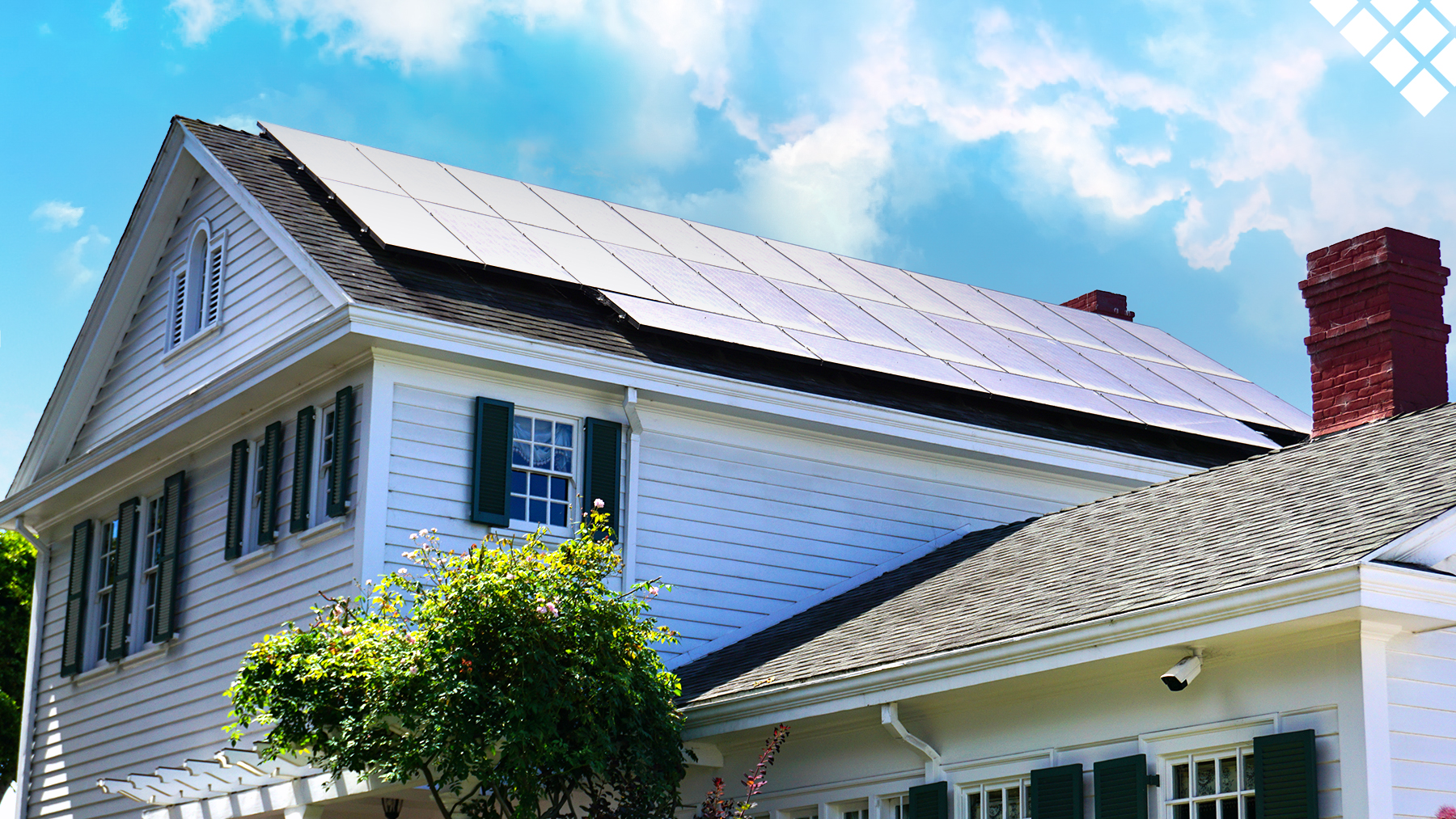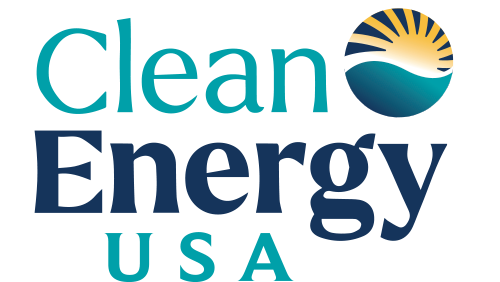
How Much Sun Do Solar Panels Need?
There are plenty of obstructions to sunlight—take a look out your window right now, and you can probably see a handful. Trees, clouds, buildings, weather conditions, and more, each obstruction can get between your solar panels and the sun. But do these obstructions have any impact on the power you get from a solar array?
Let’s take a look at various obscructions and find out how they affect solar panels installed on a residential property. Along the way, we’ll learn how much sunlight your solar panels require to operate successfully.
The Sun and Your Solar Panels
Solar panels, also known as photovoltaic (PV) modules, work best in direct sunlight, but can also function at peak performance without it. With solar panels, energy is produced using a combination of direct and indirect sunlight. Both forms of these stellar inputs carry photons, which is exactly what solar panels convert into an electric current.
Full, direct sunlight beaming down on your panels is ideal, but that doesn’t mean you have to worry about losing electricity should a cloud roll by. Here, we’ll talk about some specific instances of sun obstruction and how it affects (or doesn’t affect) your solar panels.
Do Solar Panels Work on Cloudy Days?
Yes! While they might not perform as optimally as on a bright, sunny day, your solar panels will generate electricity over overcast days. Solar panels are quite skilled at capturing multiple types of sunlight beyond direct. There’s diffuse sunlight, which is sunlight filtered through and scattered by clouds, as well as reflected sunlight, which bounces off buildings or other surfaces before landing on your solar panels.
Sure, clouds might get in the way of direct sunlight, but the amount of sunlight you do get is more than enough to make a significant difference in your home’s energy usage.
Full, direct sunlight beaming down on your panels is ideal. But that doesn’t mean you have to worry about losing electricity should a cloud roll by or your neighbor’s tree inch over your roof.
Do Solar Panels Work in the Shade?
Yes! Again, these aren’t optimal conditions, but you’ll still get an electric current from your solar panels. The exact impact shading will have on your solar panels depends on three factors:
- Shade Duration. The longer time spent in the shade, the less electric production you can expect. However, keep in mind that sunlight and shade levels tend to ebb and flow over the course of a day, mainly due to the constantly shifting path of the sun’s rays.
- Solar Panel Technology. Newer solar panels are specifically designed to reduce the impact of partial shade. CEUSA utilizes this technology to ensure you’ll get the maximum amount of energy, despite any shade.
- Type of Inverter. There are mainly two types of inverters used in conjunction with solar panels: string inverters and micro inverters. Clean Energy USA offers both types and will recommend one over the other depending on your particular shading situation.
Do Solar Panels Work in the Rain?
Yes! With rainfall, it’s the cloud cover that could affect your solar energy, not the moisture from the rain. What’s more, the wet weather actually helps clean solar panels. This means that your system can get a nice boost from a good downpour.
Do Solar Panels Work in the Snow?
Yes! Sunlight easily passes through a light dusting of snow. As for the cold weather associated with snowfall, this can actually prevent your solar panels from getting too hot and losing efficiency.
However, should you experience an incredibly heavy accumulation of snow, it could block sunlight and reduce energy production. But this is a truly rare event, especially here in Delaware. Also, solar panels are slick, absorb heat, and are installed at an angle—which causes most snow accumulation to slide right off.
How Much Sunlight Do Solar Panels Need?
While the factors at play can vary, generally speaking, having at least four hours of typical peak sunlight is best for a renewable solar energy system. Delaware experiences more than four hours per day of peak sun hours—that, coupled with the amazing solar incentives you’ll experience in the First State, make solar panels an economically sound decision for homeowners.
